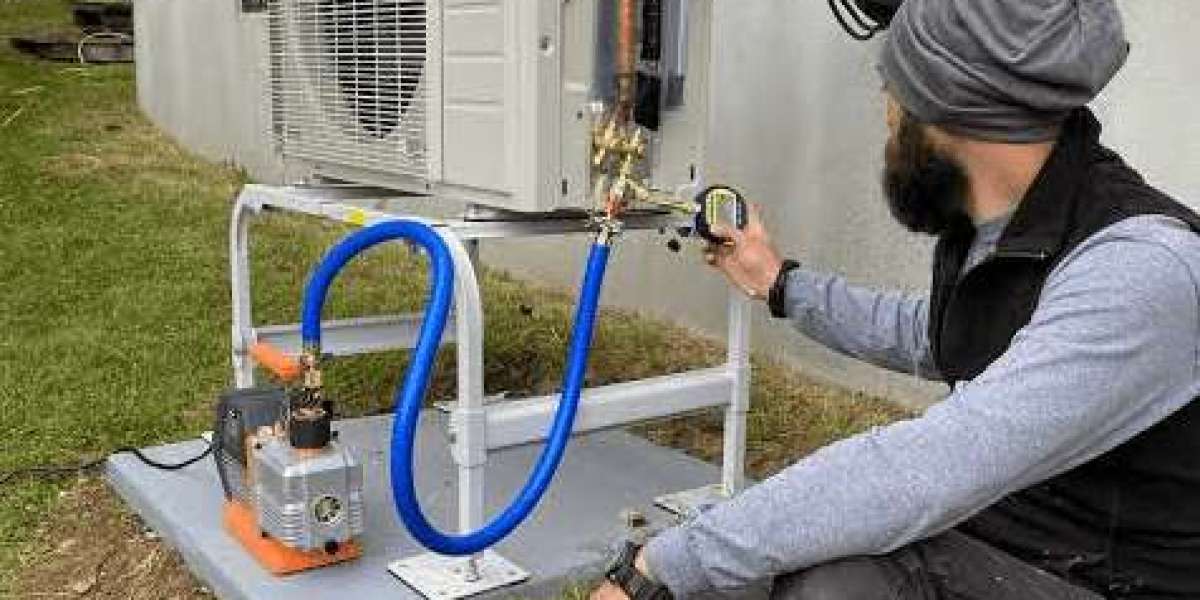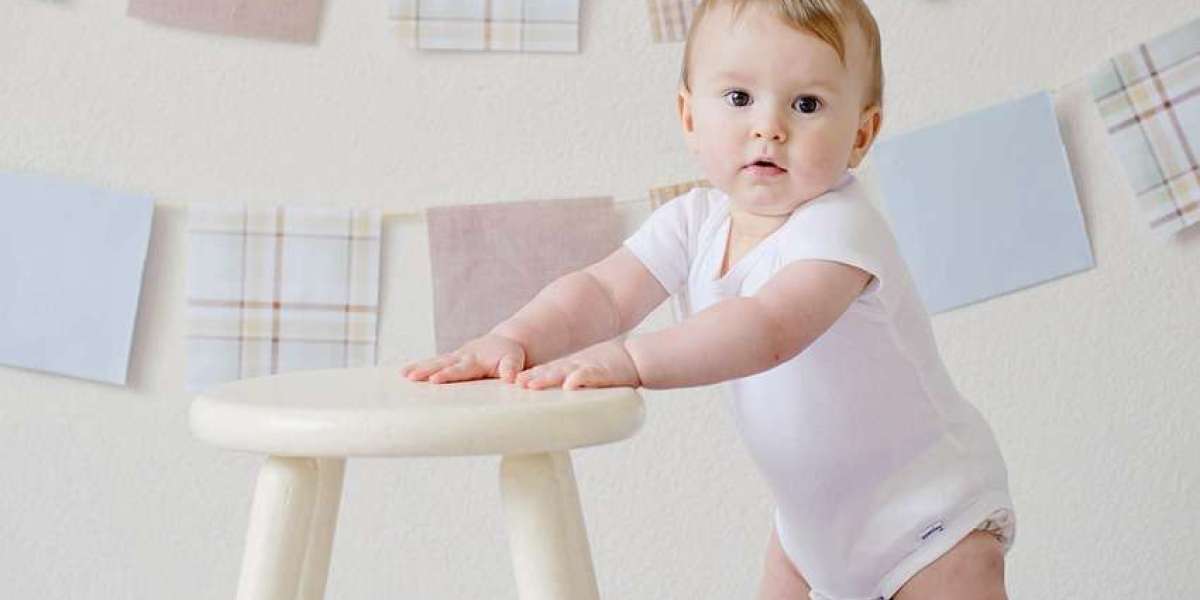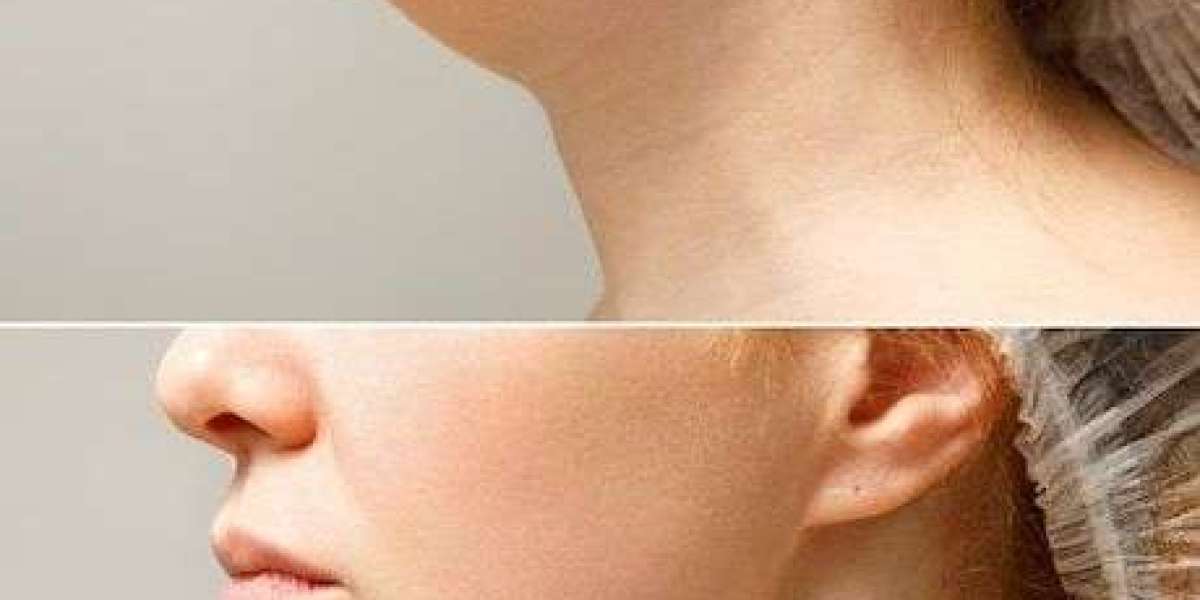Choosing the Right Spot
Picking the best location is the first big step in heat pump installation. The outdoor unit needs open space with good air flow. Avoid corners where air can’t move freely. It should be placed on a flat, stable surface to keep it steady.
For the indoor unit, a high wall with clear air circulation is ideal. This helps the heat pump work at its best, keeping your room evenly warm or cool. A good spot also reduces noise and makes future maintenance easy.
Setting Up the Outdoor Unit
Once you have the right location, the outdoor unit is set in place. The ground or platform must be level so the unit doesn’t vibrate or tilt. The area should be free from bushes, walls, or anything that can block air.
A good installation team will secure the unit properly and make sure it’s protected from extreme weather. This step is important because a strong base helps the system last longer and work more quietly.
Mounting the Indoor Unit
The indoor unit is usually mounted high on a wall to allow air to spread evenly. A small hole is drilled through the wall to connect the indoor and outdoor units. This hole allows pipes and wires to pass through without letting air escape.
When mounted correctly, the unit looks clean and blends with your room. A proper mount also ensures no rattling sounds and helps the heat pump work smoothly.
Connecting the Refrigerant Lines
Refrigerant lines are the heart of the system. These lines carry the heat between the indoor and outdoor units. They must be connected carefully so there are no leaks. The lines are usually wrapped and sealed to protect them from damage and keep energy use low.
A proper seal means better performance and fewer future repairs. This step requires skill and attention to detail, which is why it’s often handled by trained installers.
Wiring the Electrical Connections
The heat pump needs power to run. An electrician or a trained installer connects the system to the home’s power supply. All wires must be installed safely and checked twice to avoid any hazards.
A proper electrical connection not only keeps the system running smoothly but also protects your home. It’s one of the most important parts of the whole installation process.
Sealing and Insulating the Lines
After the main connections are made, the lines and holes are sealed. This keeps air from leaking and prevents moisture from getting in. Proper insulation also helps the system use less energy, lowering your monthly bills.
It’s a small step but a very powerful one. Good sealing keeps the system strong and saves money over time.
Checking the System
Once everything is connected, the system is turned on for a full check. The installer makes sure air is flowing properly, the temperature is correct, and there are no leaks. Every part of the system is tested to be sure it works perfectly.
This step gives you peace of mind knowing your heat pump is set up right. A careful check at the end means fewer problems later.
Final Setup and User Guidance
The last step is making sure you know how to use your new system. The installer will explain how to switch between heating and cooling, adjust the settings, and clean the filters. You’ll also learn basic care tips to keep your heat pump running well for years. When you understand how it works, you can enjoy steady comfort and better energy savings all year round.
Why Professional Help Matters
Even though these steps seem simple, doing them right takes skill. Professional installers follow safety rules and use the right tools to make sure the job is done correctly. A poorly installed heat pump can cost more in repairs and energy. A well-installed one works quietly, saves energy, and lasts longer. If you’re planning heat pump installation, getting expert help ensures everything goes smoothly from start to finish.
Simple Care Tips After Installation
After your heat pump is installed, a little care goes a long way. Cleaning the air filters every few months keeps the air fresh and the system working well. Keeping the outdoor unit clear of leaves, snow, or dirt helps with airflow. A yearly check by a professional keeps the system strong and efficient. These small habits can make your heat pump last much longer.
Saving Energy and Costs
One of the biggest benefits of a heat pump is energy savings. Because it moves heat instead of creating it, it uses less power. That means lower bills and a smaller impact on the environment. When installed and maintained correctly, it can run for many years without trouble. This makes it a smart investment for both comfort and savings.
Final Thoughts
A heat pump is more than just a home upgrade—it’s a step toward smarter, cleaner, and more efficient living. With careful installation, regular care, and the right knowledge, you can enjoy steady comfort through all seasons. For many homeowners, working with trusted professionals makes the process easier and the results better.
If you’re looking to install one for your home, check out northernclimatehvac.ca to learn more about your options and get expert help.
FAQs
How long does heat pump installation take?
Most installations take about one day. In some cases, it may take longer if extra electrical work or adjustments are needed.
Do heat pumps work in cold weather?
Yes, modern heat pumps are designed to work well even in low temperatures. They can pull heat from the air outside and keep your home warm.
How often should I clean or service my heat pump?
You should clean the filters every 1–3 months and have a professional check the system once a year to keep it in top shape.



